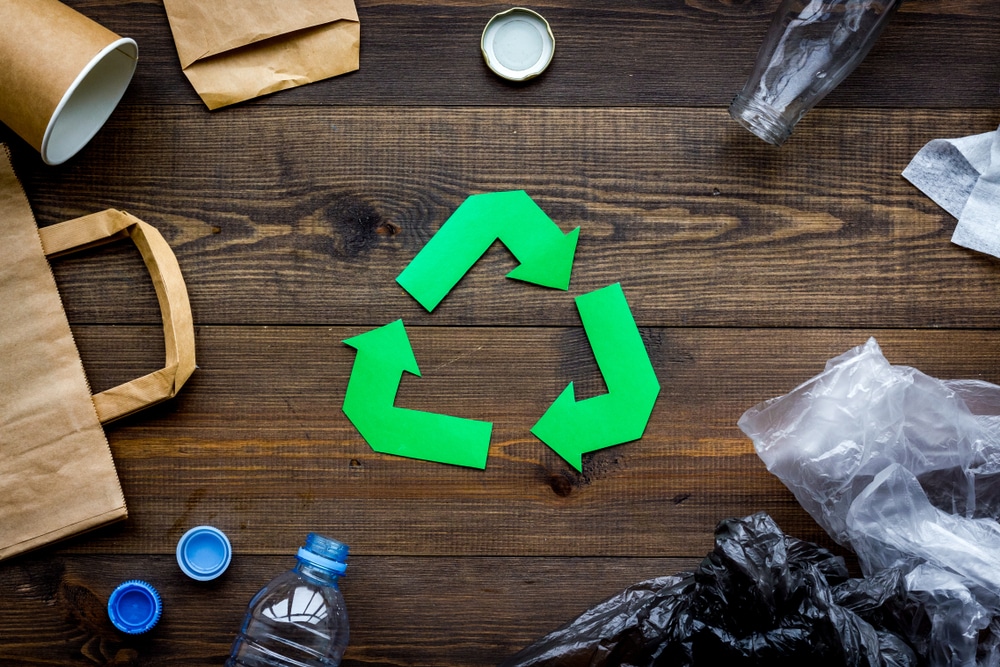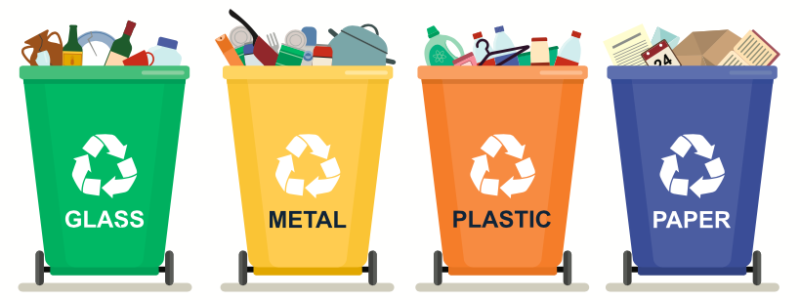Every action and behavior essential to manage garbage from its conception through final disposal is called waste control or disposal.” Storage, transportation, administration, recycling, and enforcement are all included in this. Waste control legislation and regulations are also covered, as well as recycling rules and the like. “
The Following Are The Most Popular Choices For Waste Management:
- Recycling
- Incineration
- Landfill
- Repurposing biological materials
- Feeding Animals
The Following Are Some Examples Of The Various Sorts Of Waste Management Methods:
Recycling
When it comes to environmental preservation, recycling makes a tremendous difference. By turning trash into reusable litter components, recycling eliminates the need to dump waste in landfills or pollute waterways. To make recycling easier, several organizations and towns have implemented labelling to indicate whether & not a material may be recycled.
There are both financial and environmental benefits to this waste management method. For the government, it saves money, creates thousands of employment, and makes a good amount of profit. To earn money from recycling, only take recyclables to the nearest recycling center.
Incineration

The burning of waste items is a component of this method of waste management. Thermal treatment is another term for this technique of disposal. It is possible to incinerate on the commercial or personal scale, and to dispose of a wide range of garbage. In countries with little land, incineration is a common option. It is possible to harness the power of burning waste items to generate heat, electricity, or steam. A downside of this disposal method is that it can pollute the air.
Landfill
Most countries use this type of waste management strategy. It involves the collection, transportation, disposal, and burial of garbage on a specific piece of property. Cities around the country are creating waste-management “desert islands” to deal with the problem of excessive waste generation.
The government is dedicated to ensuring that each landfill’s construction is effective from a sanitation and economic standpoint. In spite of this, many communities are concerned about the health and environmental impacts of landfills. For example, the gas emitted by these dumps is frequently quite hazardous.
Enzymatic Biodegradation
Biological reprocessing, a method widely employed in waste management, can be used to repurpose chemical wastes such as food scraps and paper products. Recycling & biomass gasification are two of the physiological systems employed in biological reprocessing. When performed under controlled circumstances, composition is the normal biological mechanism. Natural gas is utilized to generate electricity and heat at one end of the pipeline. Reusing industrial waste through biological reprocessing is frequent.
Food For Animals
Food waste is a severe problem that needs to be addressed with seriousness. Between 30 & 40 percent of all food produced in the U.S. is spent on food by retailers & consumers, according to the USDA.. At $161 billion in estimated food value, this is a serious issue. The United States has the most food waste in the world, and the reason is obvious. Animal waste, such as manure, can be used to preserve food, and it is an environmentally friendly way to dispose of trash.
